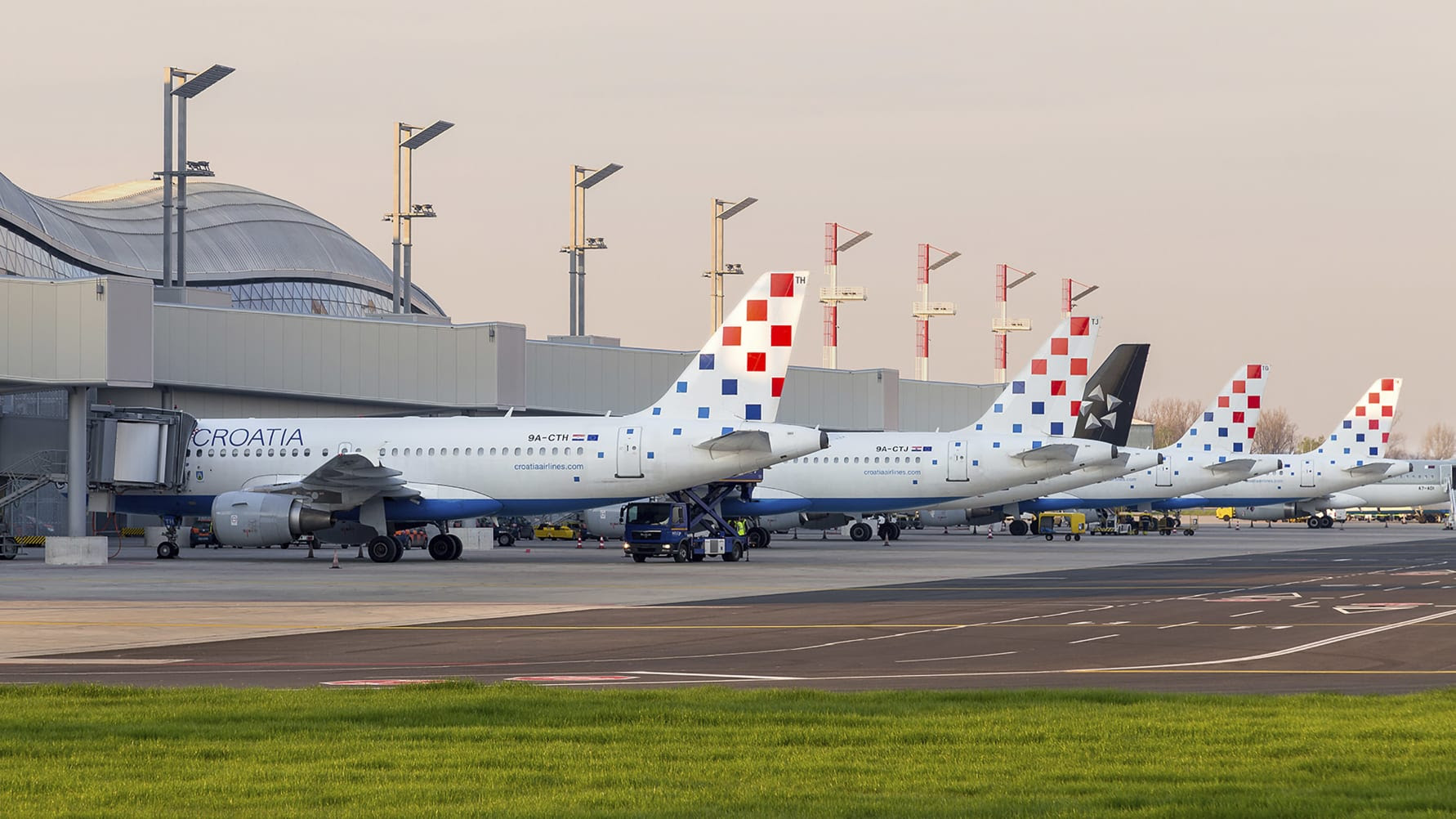Travel
Will Croatia Airlines’ New Routes Transform Travel from Zagreb? – Travel And Tour World

Friday, July 5, 2024
Reading Time: 3 minutes
Croatia Airlines is on the cusp of significant expansion, marked by the arrival of its first Airbus A220-300 aircraft as part of a refleeting initiative starting this month. This strategic move is expected to diversify the airline’s route offerings, particularly focusing on destinations south of Croatia to cater primarily to leisure travelers. This expansion aims to mitigate the seasonal nature of its operations, providing more consistent service throughout the year. The airline’s CEO, Jasmin Bajić, emphasized the potential for new business opportunities with the gradual addition of fifteen A220 aircraft to the fleet by the end of 2027, which will facilitate the launch of new routes and increased frequencies on existing ones. This refleeting is not only a fleet modernization effort but also a strategic expansion into untapped markets.
Utilizing Zagreb Airport’s Incentive Model
To support this network expansion, Croatia Airlines can leverage Zagreb Airport’s Connecting Capital Cities Incentive Model. This model incentivizes airlines to launch at least two weekly year-round flights to a minimum of three out of sixteen pre-selected destinations. The eligible destinations under this incentive scheme include major European cities such as Prague, Tallinn, Berlin, Budapest, Riga, Vilnius, Luxembourg, and Stockholm, as well as other important hubs like Tirana, Pristina, Reykjavik, Tbilisi, Kiev (post-reopening of Ukrainian airspace), Chisinau, and Yerevan. This year, the airline has already commenced new operations from Zagreb to Stockholm, Berlin, and Tirana, aligning with the incentive model’s goals.
Competitive Landscape and Opportunities
In the past two years, Ryanair has successfully introduced new leisure-oriented routes from Zagreb, operating them on a year-round basis. By targeting the busiest unserved destinations from the Croatian capital, Ryanair has significantly reduced the number of underserved routes that Croatia Airlines might have otherwise capitalized on, particularly to southern European destinations. However, there are still considerable opportunities available, especially in European cities based on indirect traffic flow. High-demand yet unserved destinations from Zagreb include Lisbon, Geneva, Porto, Riga, Vilnius, Tallinn, Bologna, Krakow, Hannover, Nice, Bilbao, and Luxembourg. Additionally, regional routes to Budapest and Pristina, along with Cairo in North Africa, present further opportunities for expansion.
Implications for the Airline Industry
The introduction of new routes by Croatia Airlines and the potential utilization of Zagreb Airport’s incentives are expected to impact the airline industry by enhancing connectivity and reducing seasonal travel fluctuations. This move aligns with broader trends in the aviation sector, where airlines are increasingly seeking to diversify their route networks and reduce dependence on seasonal peaks. For the global travel industry, this development means better connectivity to and from Croatia, making it a more accessible destination for international travelers.
Global Effects on Travelers
For travelers, the expansion of Croatia Airlines’ network offers numerous benefits. Enhanced connectivity means more direct flights to a variety of European and Mediterranean destinations, reducing the need for layovers and making travel more convenient. Leisure travelers, in particular, will have more options for year-round travel to Croatia, encouraging tourism even outside the traditional peak seasons. This expansion also provides greater opportunities for cultural exchange and economic ties between Croatia and other countries, further integrating the nation into the global travel network.
Future Outlook
In summary, the refleeting of Croatia Airlines with Airbus A220-300 aircraft marks a significant milestone in the airline’s strategic expansion. By targeting new routes and leveraging Zagreb Airport’s incentives, the airline is set to enhance its market presence and offer greater connectivity for travelers. This development is poised to benefit both the airline industry and global travelers, promoting year-round travel and reducing seasonality. With the completion of the refleeting by the end of 2027, Croatia Airlines will likely emerge as a stronger competitor in the European aviation market, offering expanded services and improved travel experiences.











